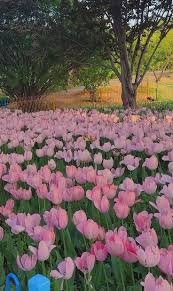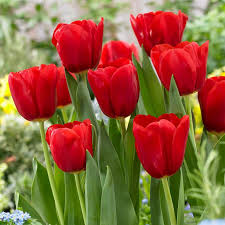The Role of Court Music in Royal Ceremonies: A Harmonious Tradition of Elegance and Power
Court music has been an integral part of royal ceremonies for centuries, serving as a symbol of power, elegance, and cultural sophistication. Whether in the East or West, music played a central role in the rituals and functions of royal courts, from coronations to weddings, state banquets, and diplomatic events. It was not merely a









